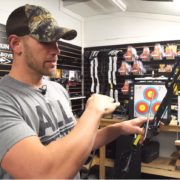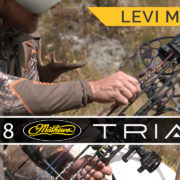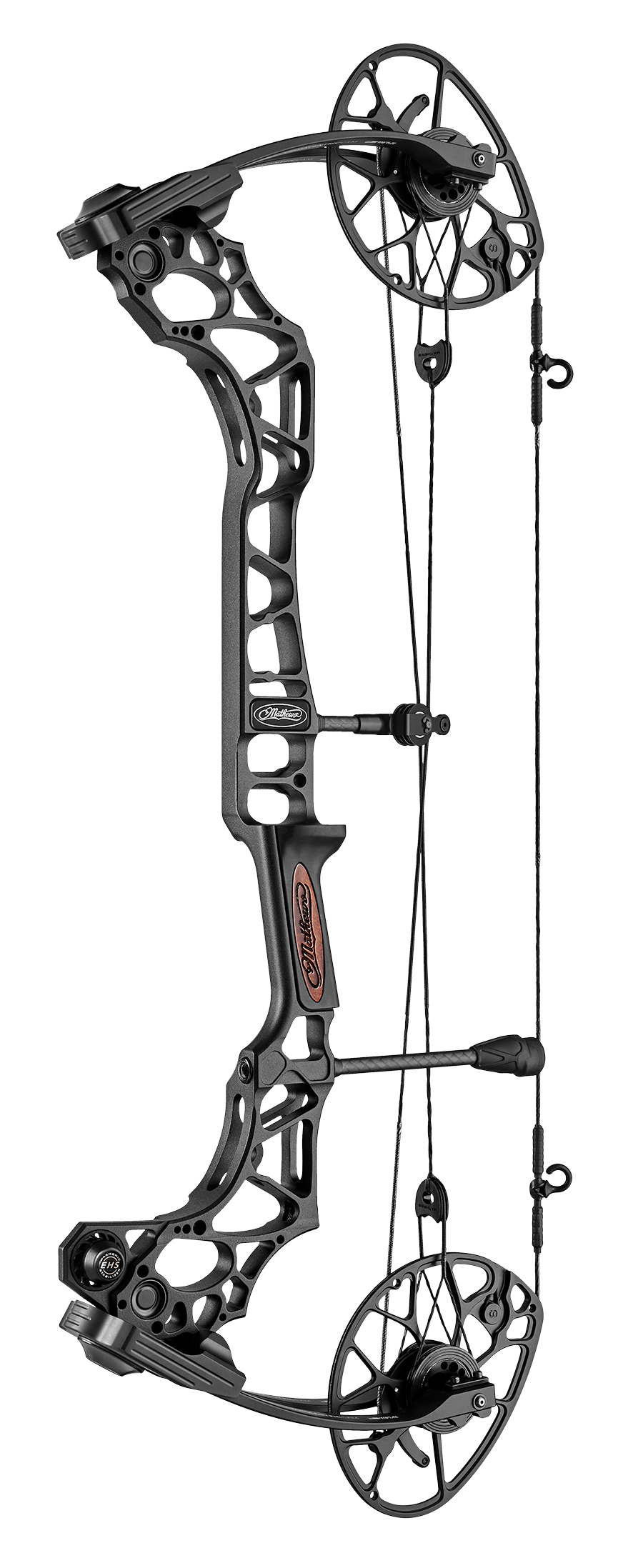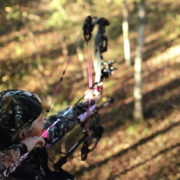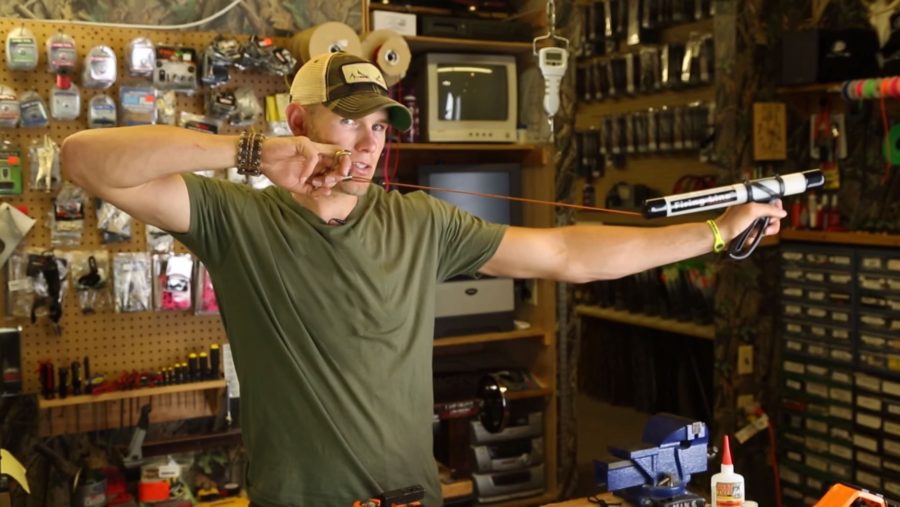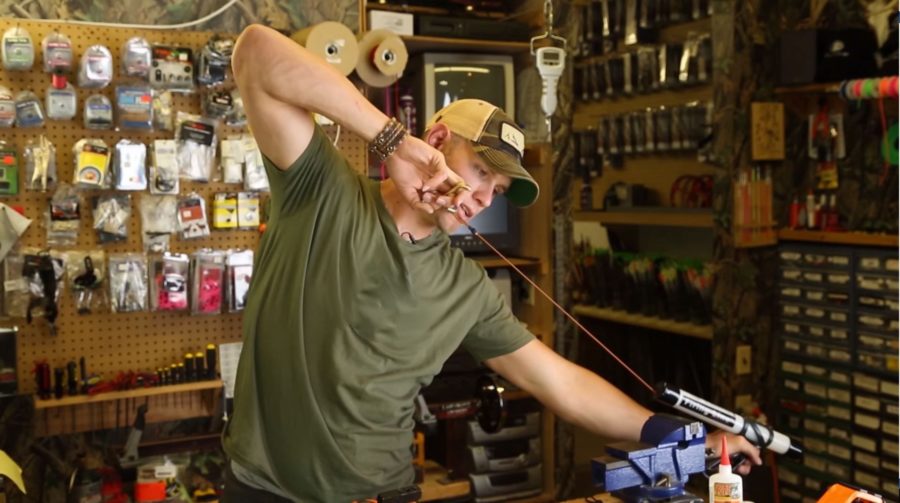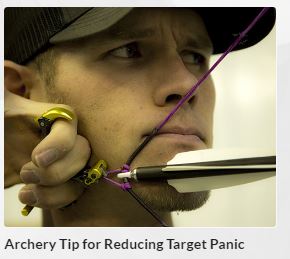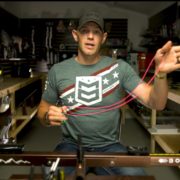The Archery Tip No One Knows | Tuning Arrows Before Fletching
The Archery Tip No One Knows
This is an archery tip that not many people know about. Sure everyone knows about why you should tune your arrows, and how to fletch an arrow, but rarely have I heard about tuning arrows before fletching is applied. This tip should help you become a better archer and bow hunter.
I start by bare shaft tuning my bow, then the next thing I do before I fletch my arrows is take that arrow and shoot it into the target. The idea here is that I can see the natural launch of the arrow out of the bow. If the arrow launches out of the bow left, then I will fletch it with a left helical. If the bow launches the arrow right, then I will fletch the arrow with a right helical. This fletches with the natural launch of the arrow, creating a lot more forgiving bow setup.
If you don’t do this, and fletch on the wrong side of the arrow, you will tend to get a knuckleball effect. Say you have an arrow with a natural left launch, but fletch it with a right helical. The arrow will immediately launch left, but will have to correct itself in flight to the right. In that process the arrow could have a lot more movement, throwing off its flight and destination on target.
This is one archery tip that I don’t know if anyone knows. One thing is for certain, this tip could help you become a better shot! For more of my archery tips and archery videos visit the bow blog, my YouTube channel, or archery fit section of bowlife.com.

